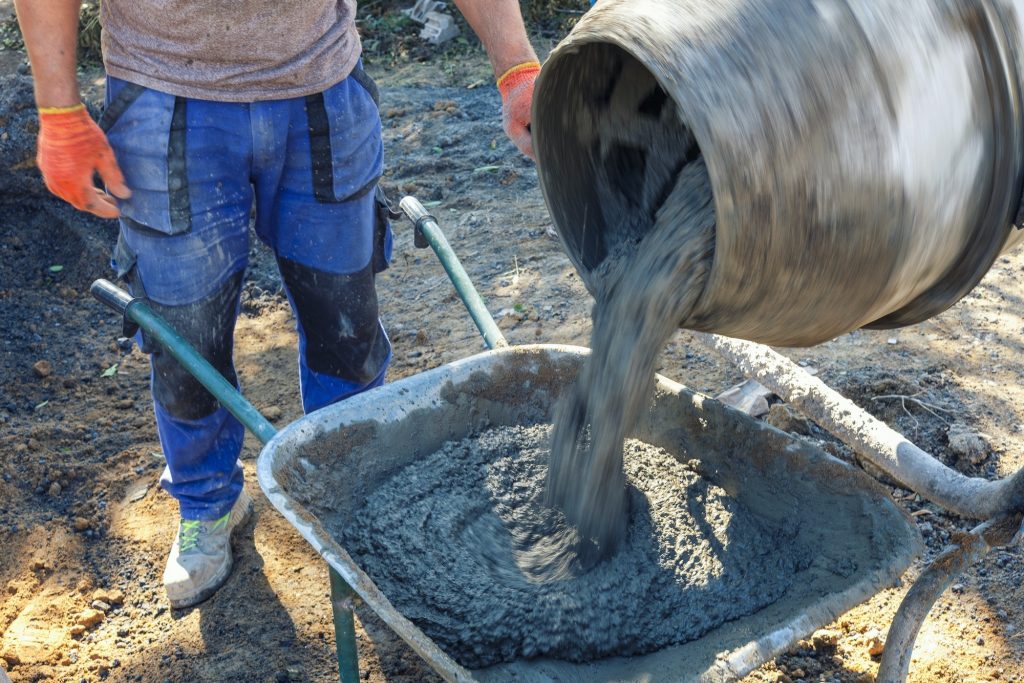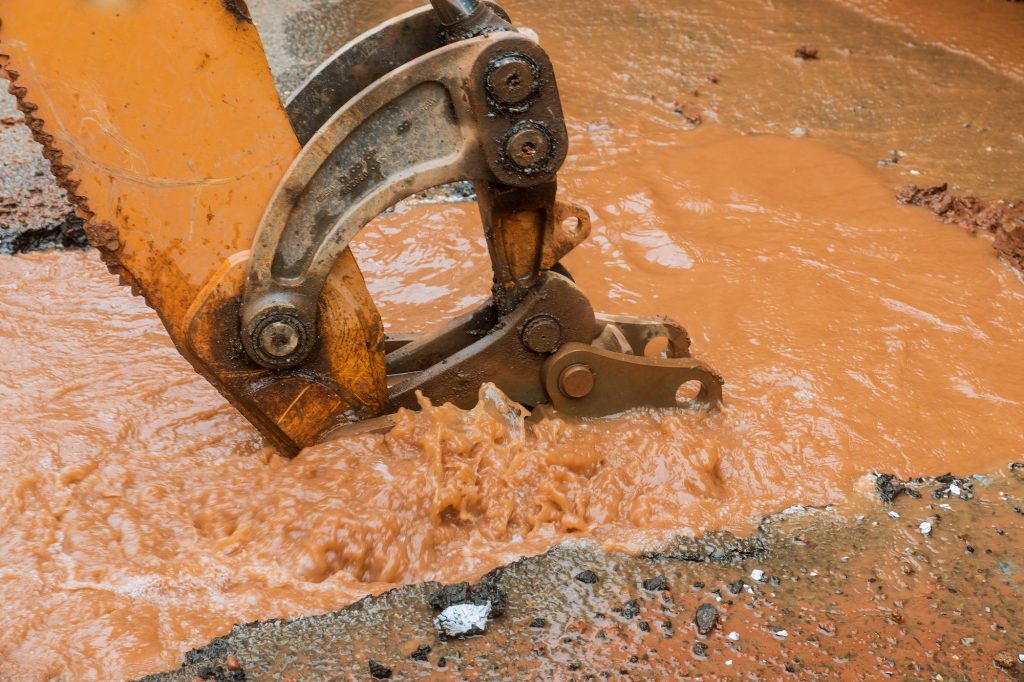Water scarcity is a growing concern worldwide, with increasing demands for water for domestic, agricultural, and industrial purposes. This leads to the depletion of traditional water sources, such as ground and surface water, and the need for alternative water sources. In this article, we will explore two such alternative sources: rainwater harvesting and greywater reuse.
Rainwater harvesting and greywater reuse are sustainable water management practices that can help mitigate the effects of water scarcity. Both methods involve collecting and treating water for reuse, reducing the demand for potable water, and providing a reliable water source for households and communities.
This article aims to provide a comprehensive overview of rainwater harvesting and greywater reuse, including their benefits, challenges, and potential for widespread adoption.
What is Rainwater Harvesting?
Rainwater harvesting is a method of collecting and storing rainwater for later use. The collected rainwater can be used for various purposes, including irrigation, washing clothes and dishes, flushing toilets, and even drinking after treatment to remove impurities.
There are several benefits to rainwater harvesting. First, it reduces the demand for potable water, which conserves this precious resource. Second, it can help mitigate the effects of drought, providing a reliable water source during dry periods. Third, it can save money on water bills, as the collected rainwater can be used instead of purchasing water from a municipal source.
Rainwater harvesting systems typically consist of a catchment area, such as a roof, gutters, downspouts, a storage tank, and a treatment system. The catchment area collects the rainwater, which is then stored in a tank for later use. The treatment system removes impurities from the rainwater, making it safe.
There are several types of rainwater harvesting systems, including gravity-fed systems, pump-fed systems, and pressurized systems. The type of system used will depend on the specific needs and requirements of the user.
What is Greywater Reuse?
Greywater reuse is collecting and treating wastewater generated from household activities, such as showering, washing clothes, and washing dishes, for reuse in non-potable applications, such as irrigation or toilet flushing.
The benefits of greywater reuse are similar to those of rainwater harvesting. It reduces the demand for potable water, conserves this precious resource, and can provide a reliable water source during dry periods. Additionally, greywater reuse can save money on water bills, as the treated greywater can be used instead of purchasing water from a municipal source.
Greywater reuse systems typically consist of a collection system, a treatment system, and a distribution system. The collection system gathers the greywater from household sources, the treatment system removes impurities, and the distribution system delivers the treated greywater to where it is needed.
There are several types of greywater reuse systems, including gravity-fed, pump-fed, and pressurized systems. The type of system used will depend on the specific needs and requirements of the user.
Advantages of Alternative Water Sources
Both rainwater harvesting and greywater reuse offer several advantages over traditional water sources.
First, they have environmental benefits. By reducing the demand for potable water, they can help conserve this precious resource and reduce the strain on water treatment and distribution systems.
Second, they can save money on water bills, as the collected and treated water can be used instead of purchasing water from a municipal source.
Third, they can improve water quality, as the treatment systems remove impurities and contaminants.
Finally, they increase water security, providing a reliable water source during dry periods or in areas with limited water resources.
Challenges of Implementing Alternative Water Sources
While there are many benefits to using alternative water sources, there are also several challenges to their widespread adoption.
First, there is the initial investment cost. Installing a rainwater harvesting or greywater reuse system can be expensive and may require professional installation.
Second, there are maintenance and upkeep costs. Regular maintenance is required to keep the systems functioning correctly and ensure the water is safe.
Third, there is a lack of knowledge and expertise. Many people are unfamiliar with rainwater harvesting and greywater reuse and may not know how to properly install and maintain these systems.
Finally, there are regulatory challenges. In some areas, regulations or restrictions on collecting and reusing rainwater or greywater may make it challenging to implement these systems.
Conclusion
In conclusion, rainwater harvesting and greywater reuse are promising alternative water sources that can help mitigate the effects of water scarcity. They offer many benefits, including environmental benefits, cost savings, improved water quality, and increased water security. However, there are also several challenges to their widespread adoption, including initial investment costs, maintenance and upkeep costs, lack of knowledge and expertise, and regulatory challenges.
We hope that this article has provided a comprehensive overview of rainwater harvesting and greywater reuse and that it will encourage more people to consider these alternative water sources.
FAQs
- What is the difference between rainwater harvesting and greywater reuse? Rainwater harvesting involves the collection and treatment of rainwater for later use. In contrast, greywater reuse consists in collecting and treating wastewater generated from household activities for reuse in non-potable applications.
- Is rainwater harvesting safe to drink? Yes, rainwater can be safe to drink after treatment to remove impurities.
- Can greywater be used for all household purposes? No, greywater should not be used for drinking, cooking, or brushing teeth. It is only suitable for non-potable, irrigation, or toilet flushing.
- How do I know if my home is suitable for rainwater harvesting or greywater reuse? The suitability of a home for rainwater harvesting or greywater reuse will depend on several factors, including the availability of catchment areas, the size of the storage tank required, and local regulations. A professional installation company can assess your home and determine its suitability for these systems.
- What is the cost of implementing rainwater harvesting or greywater reuse systems? The cost of implementing rainwater harvesting or greywater reuse systems will vary depending on the specific needs and requirements of the user. Factors that will affect the price include the size of the catchment area, the size of the storage tank, the type of treatment system required, and the installation and maintenance cost.



